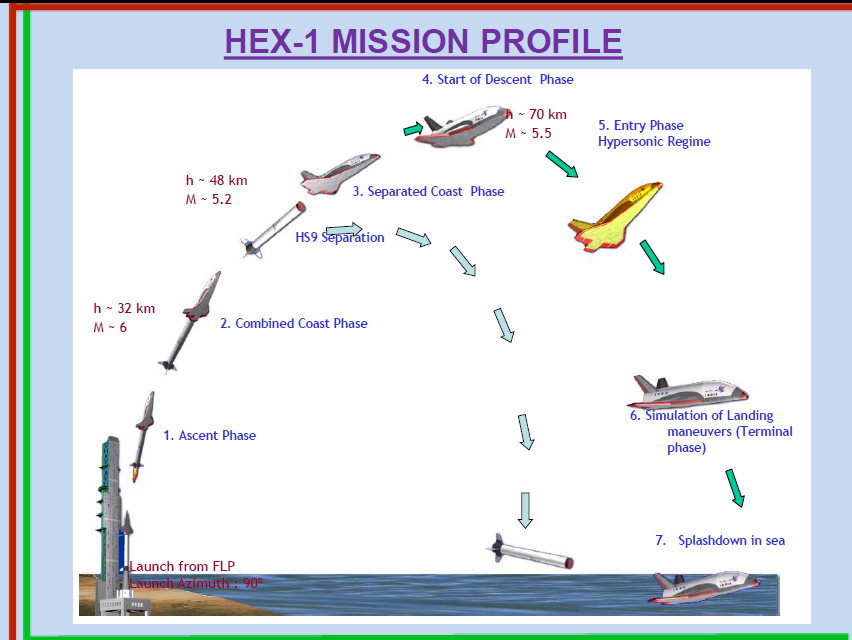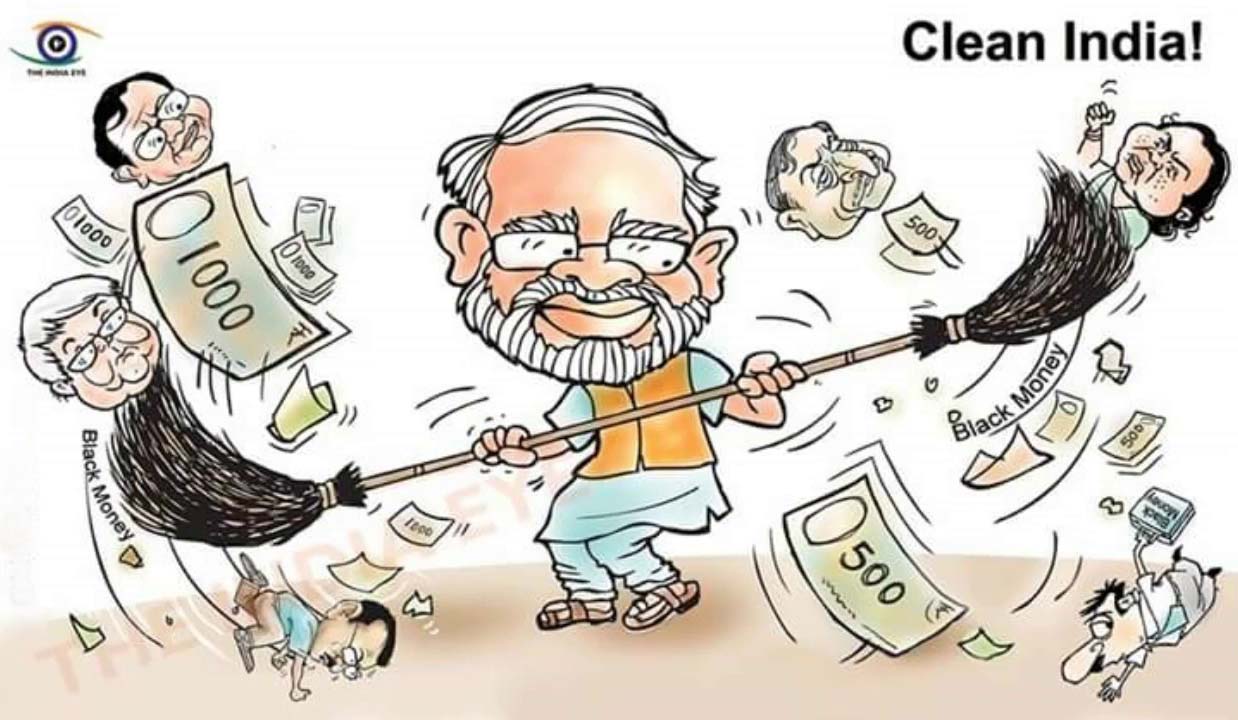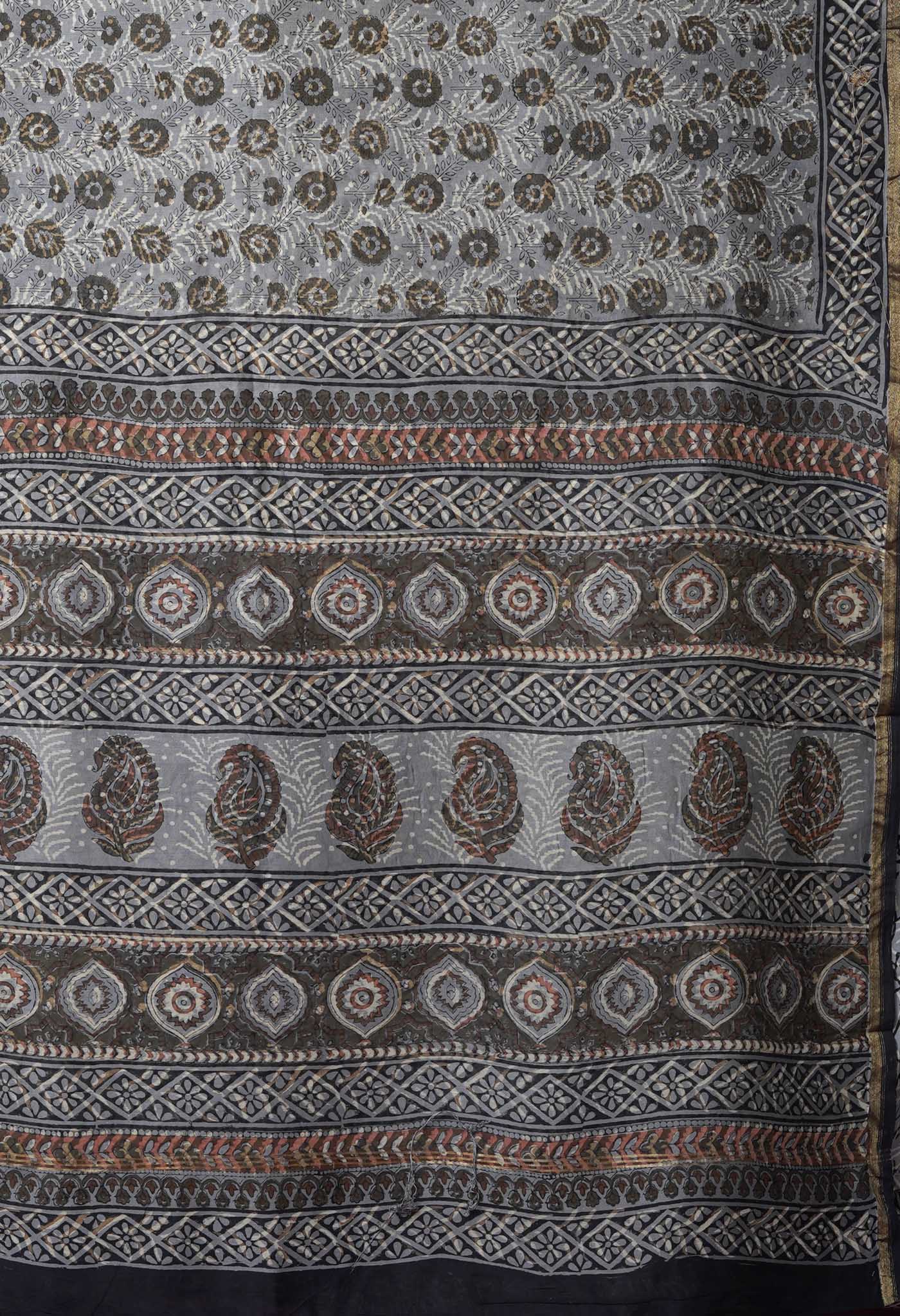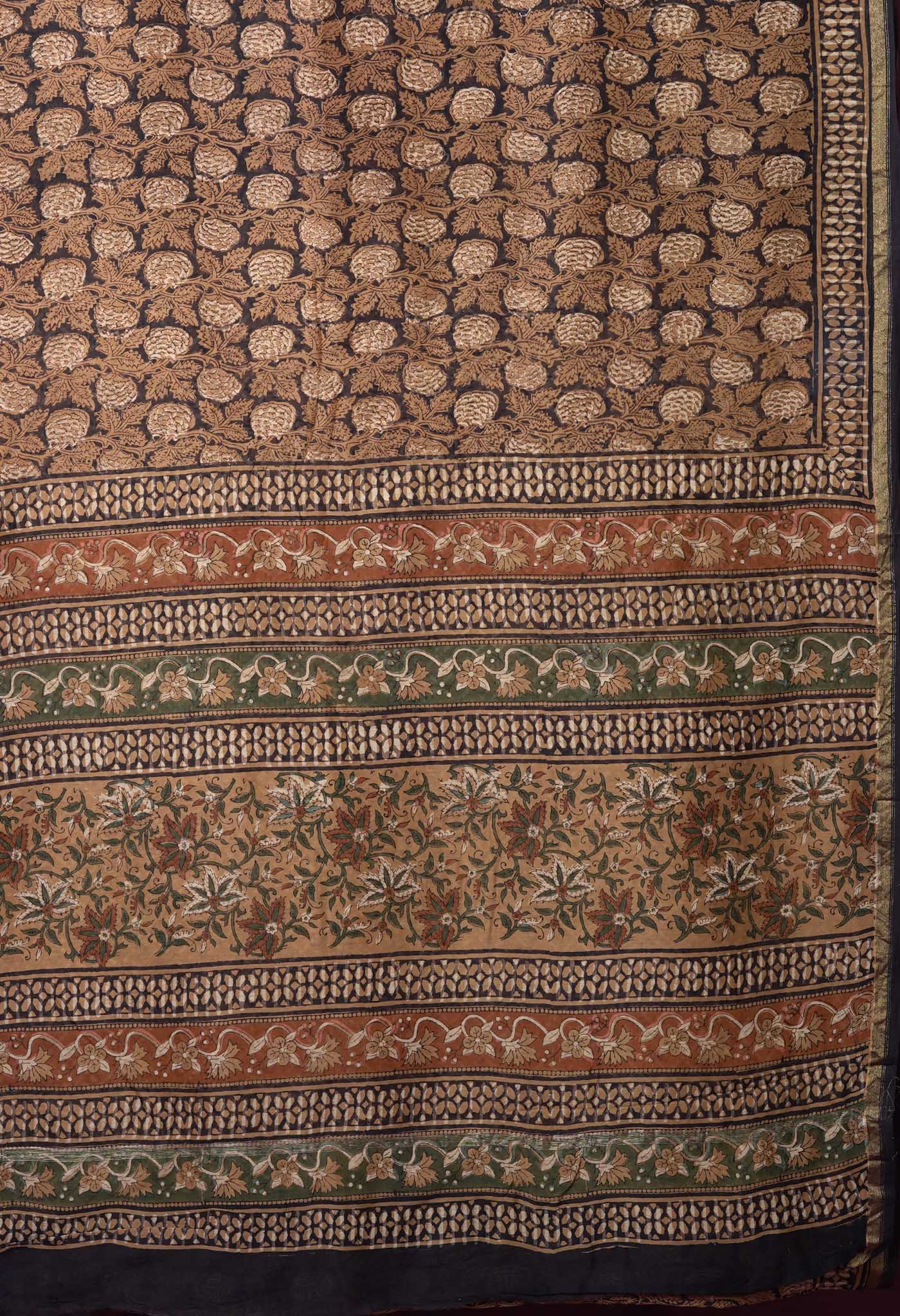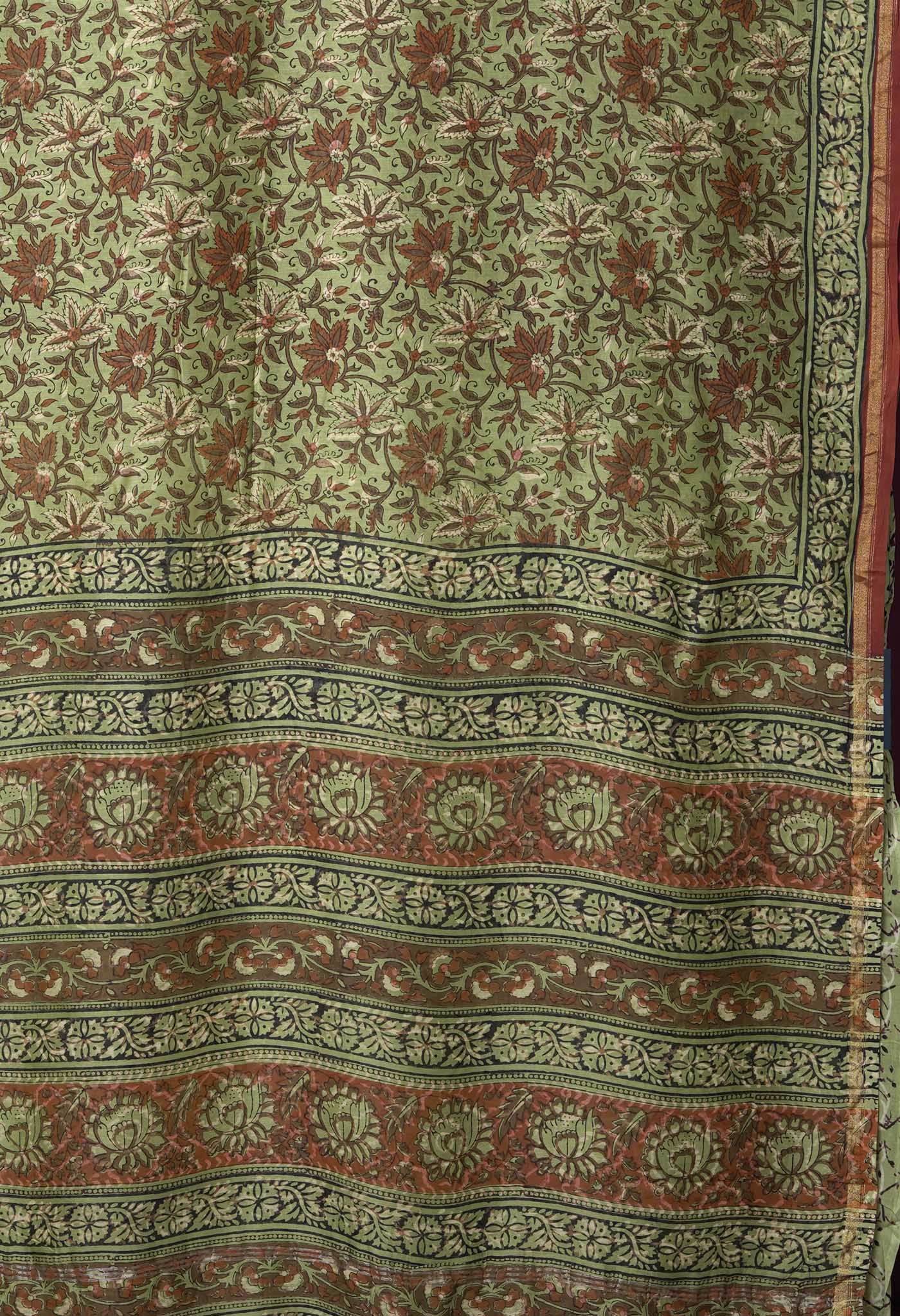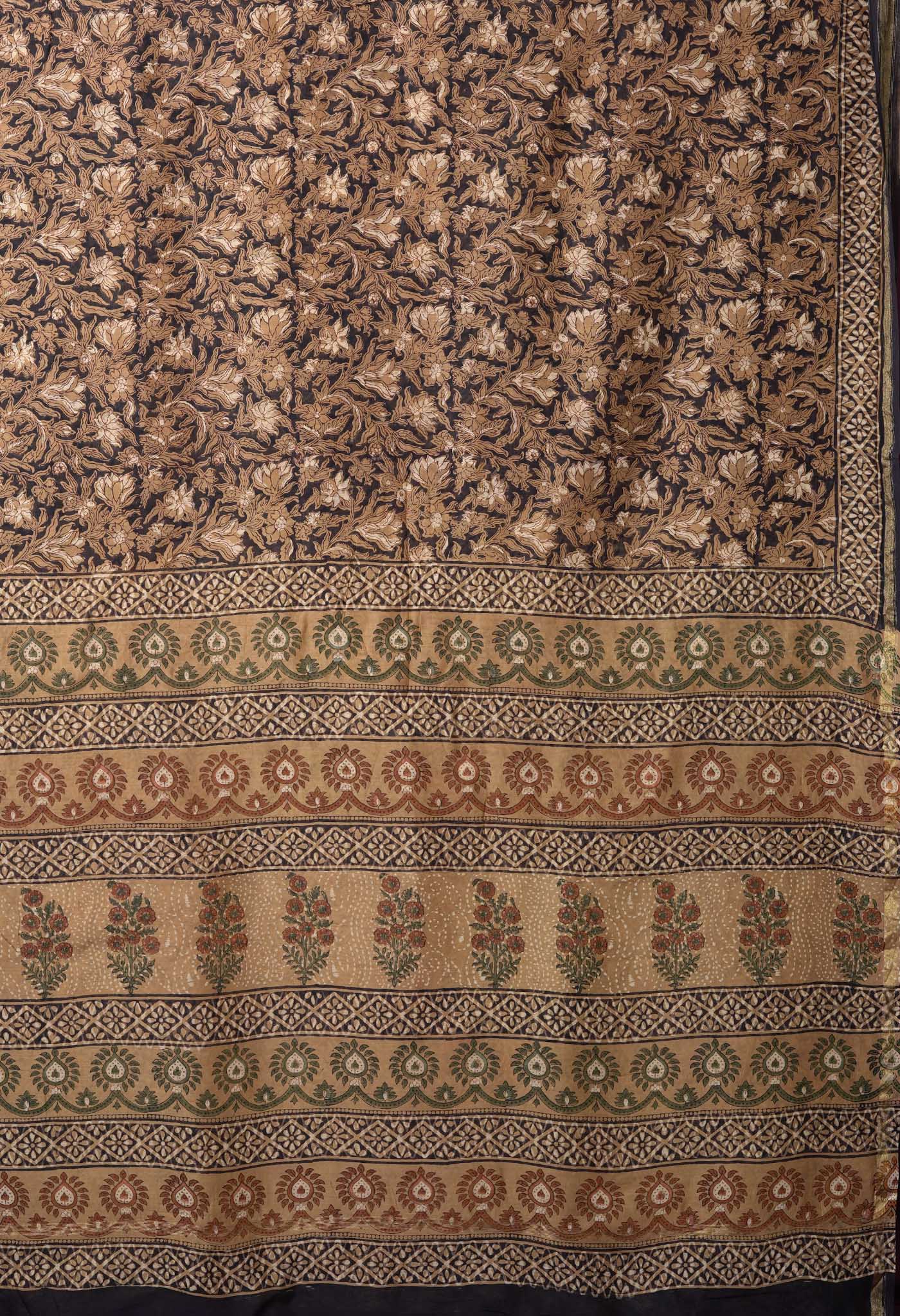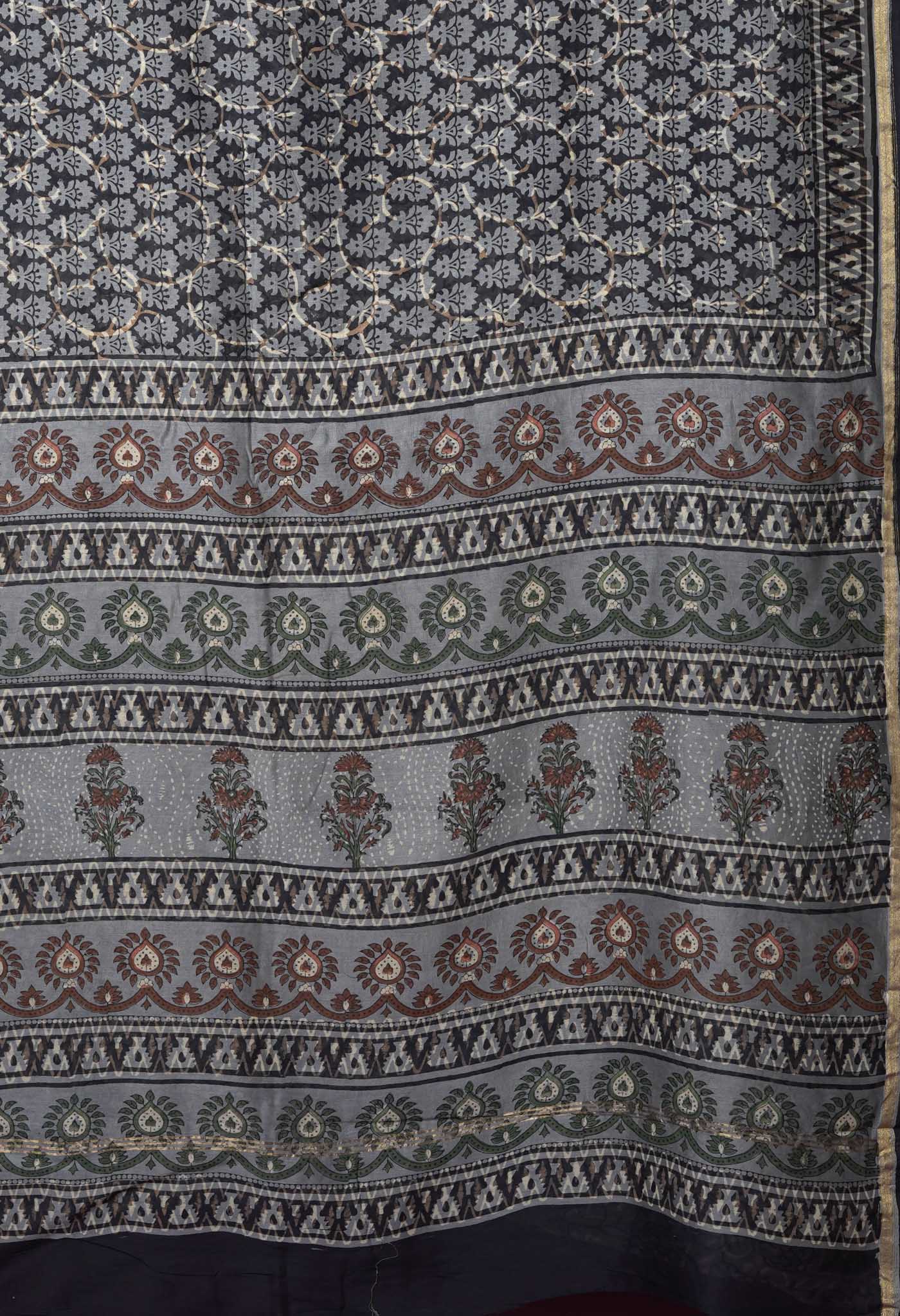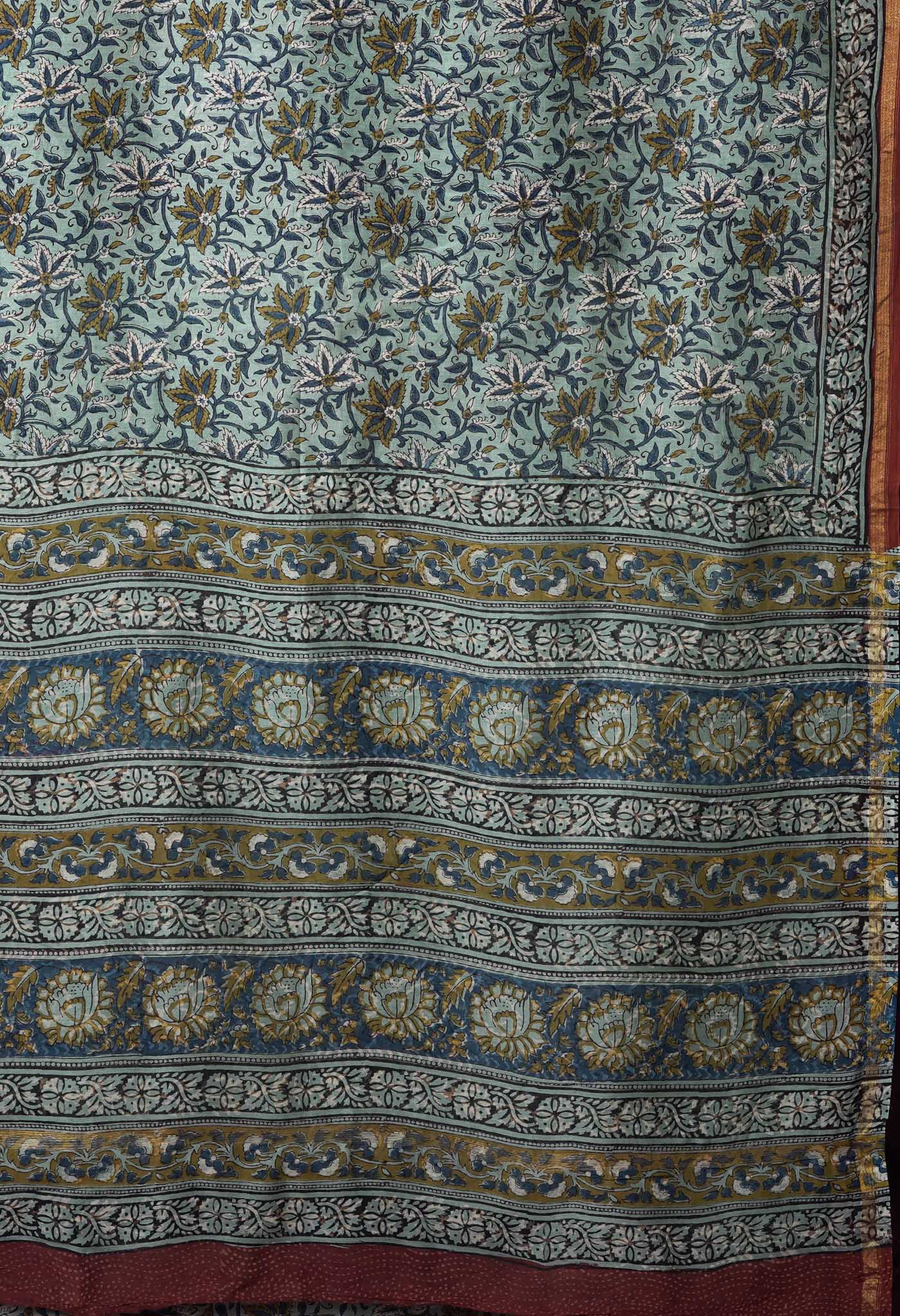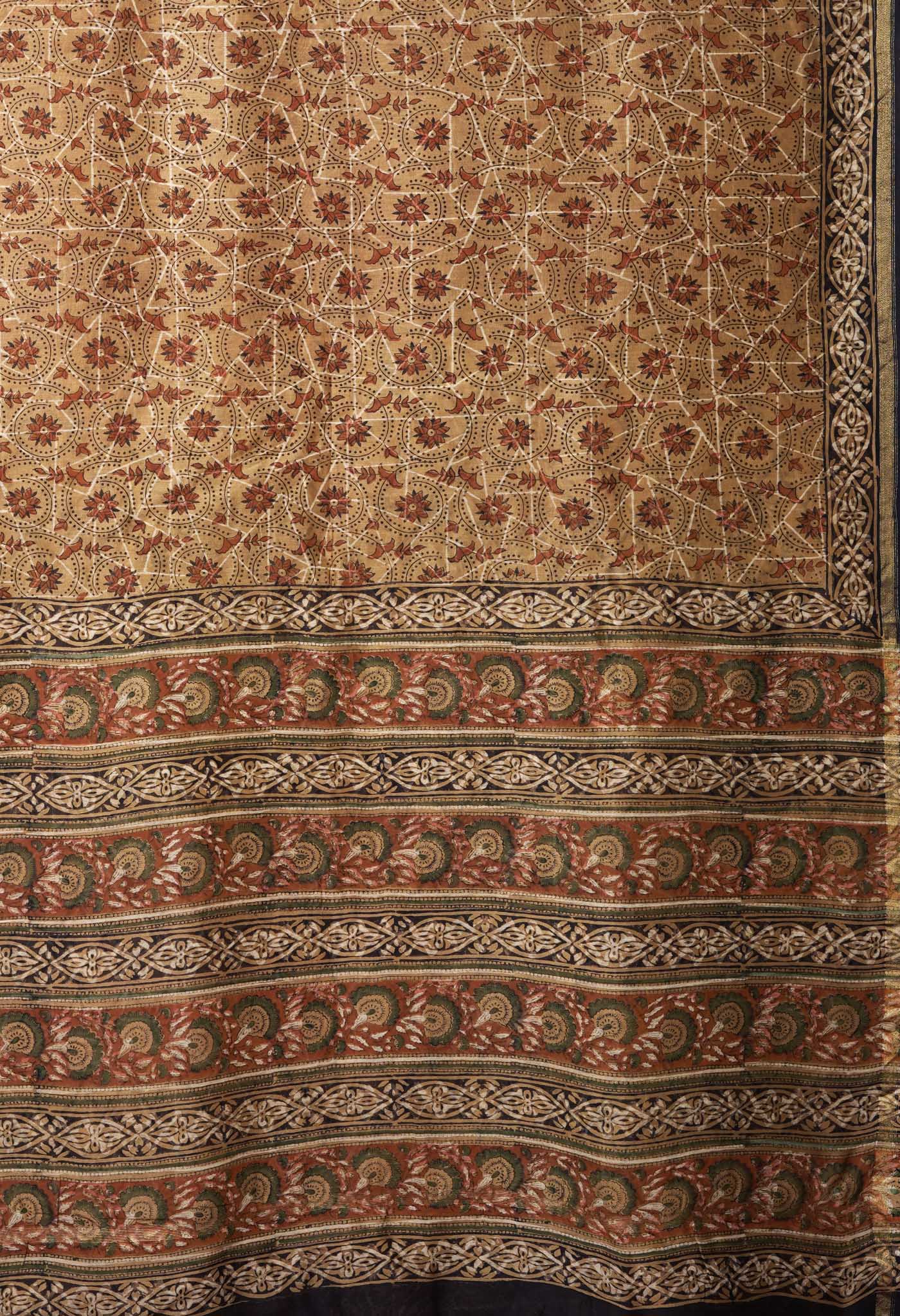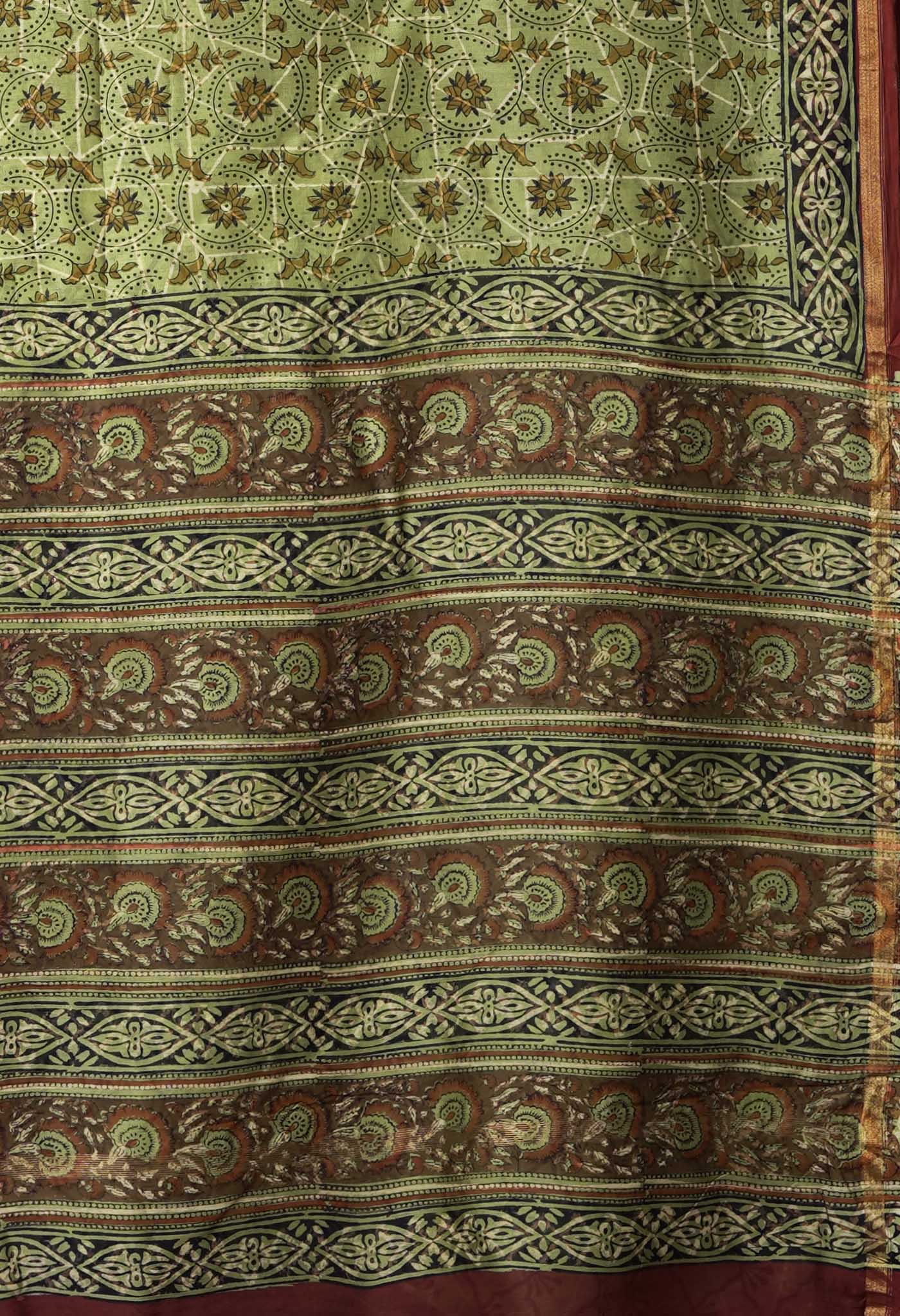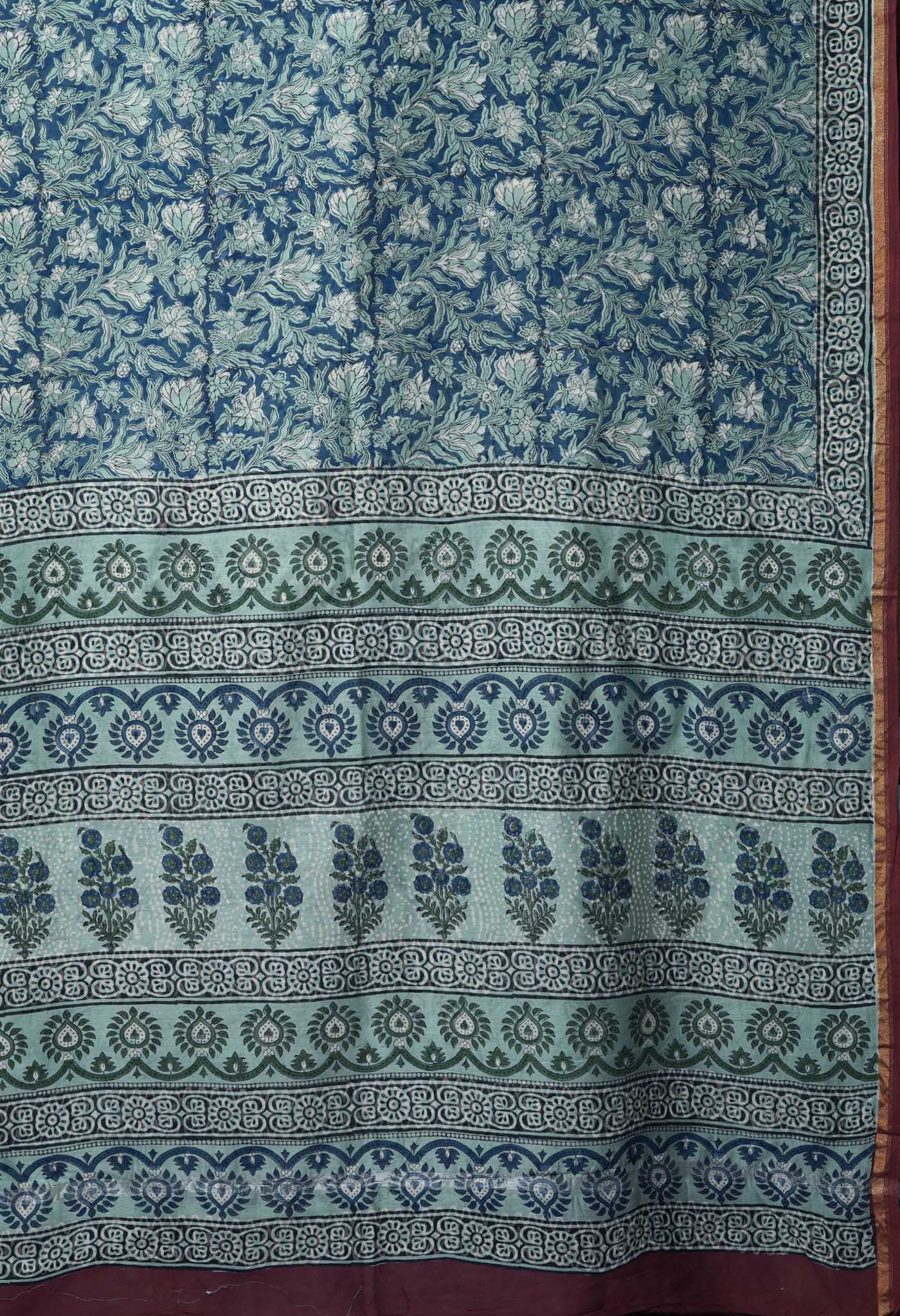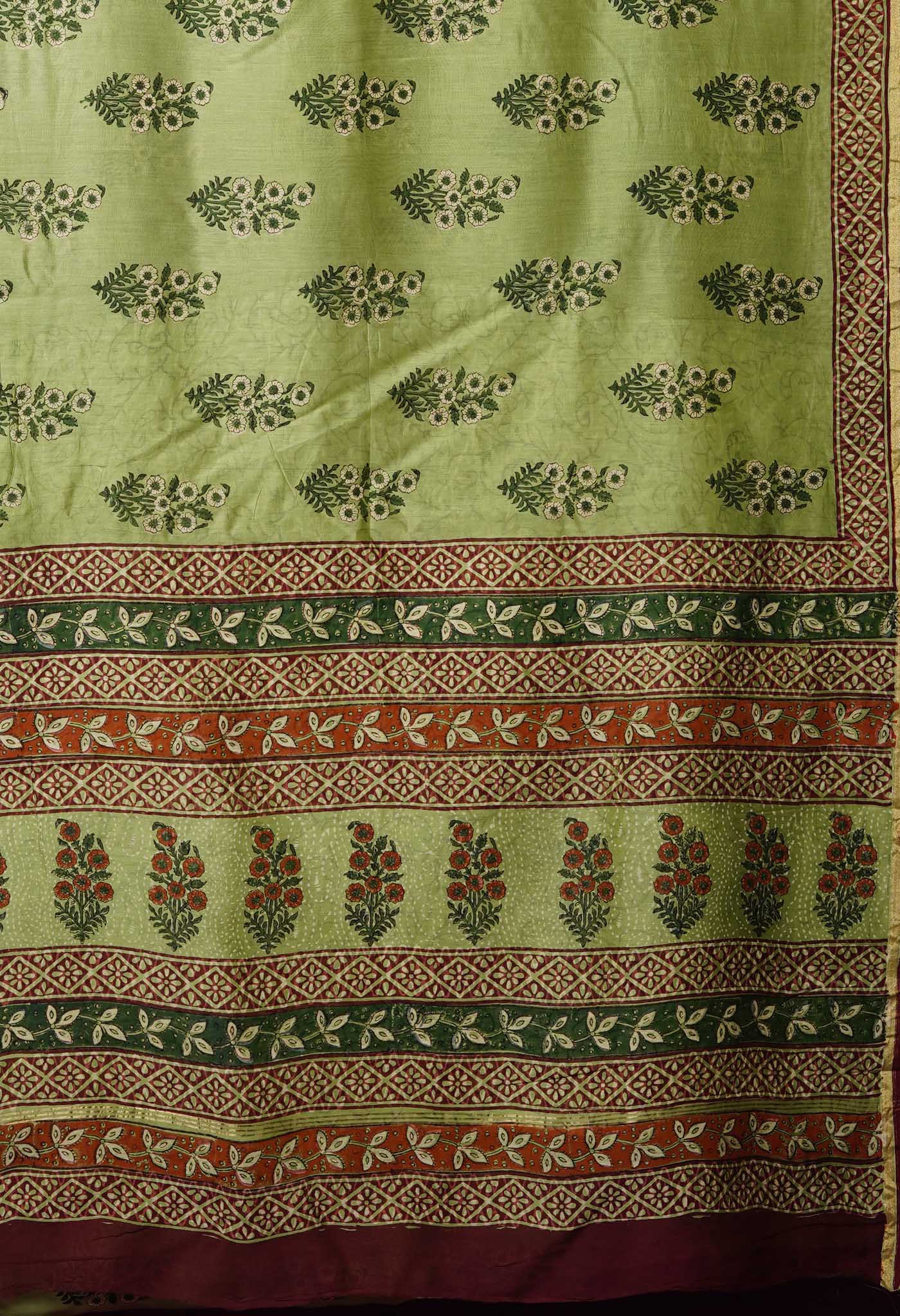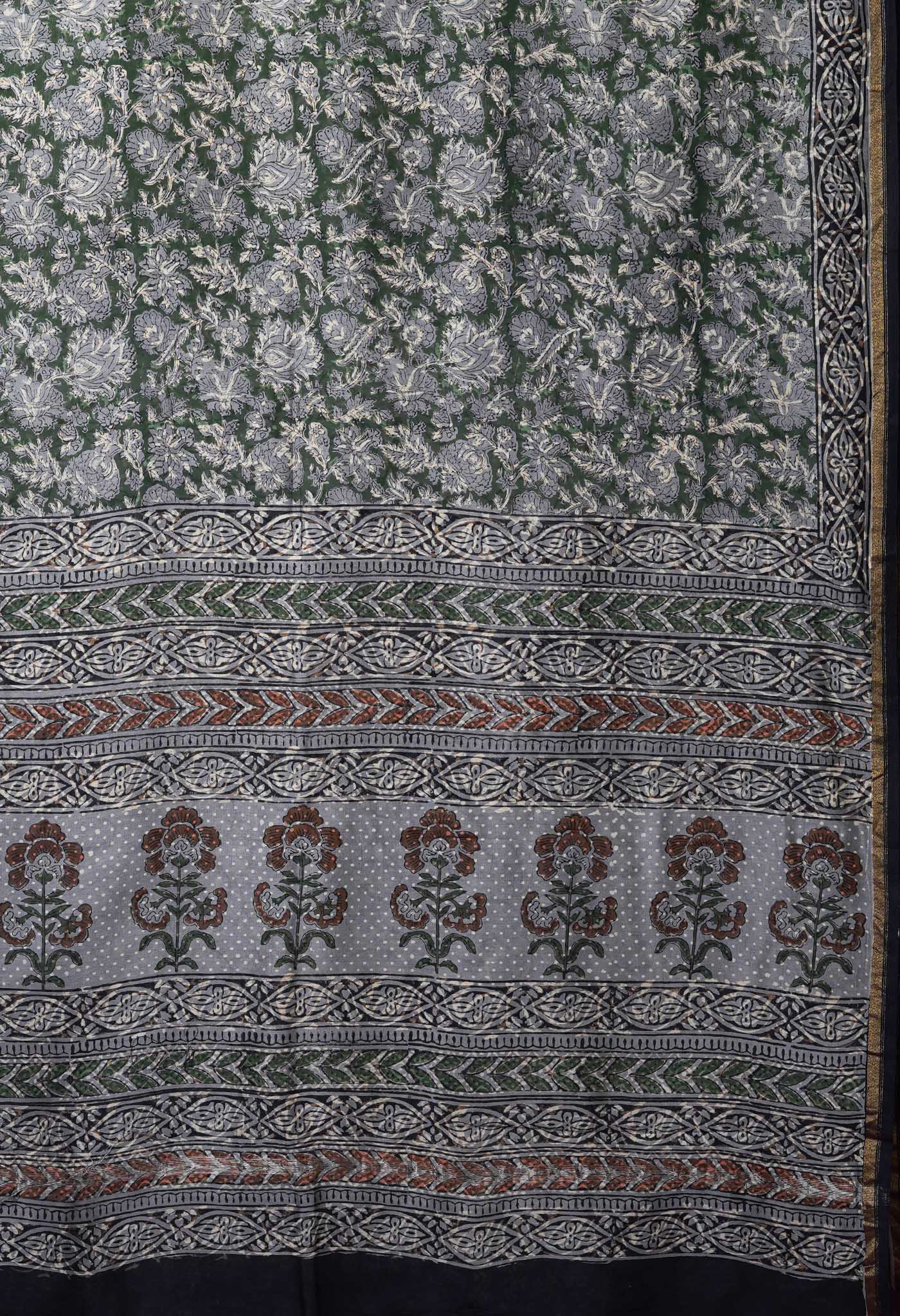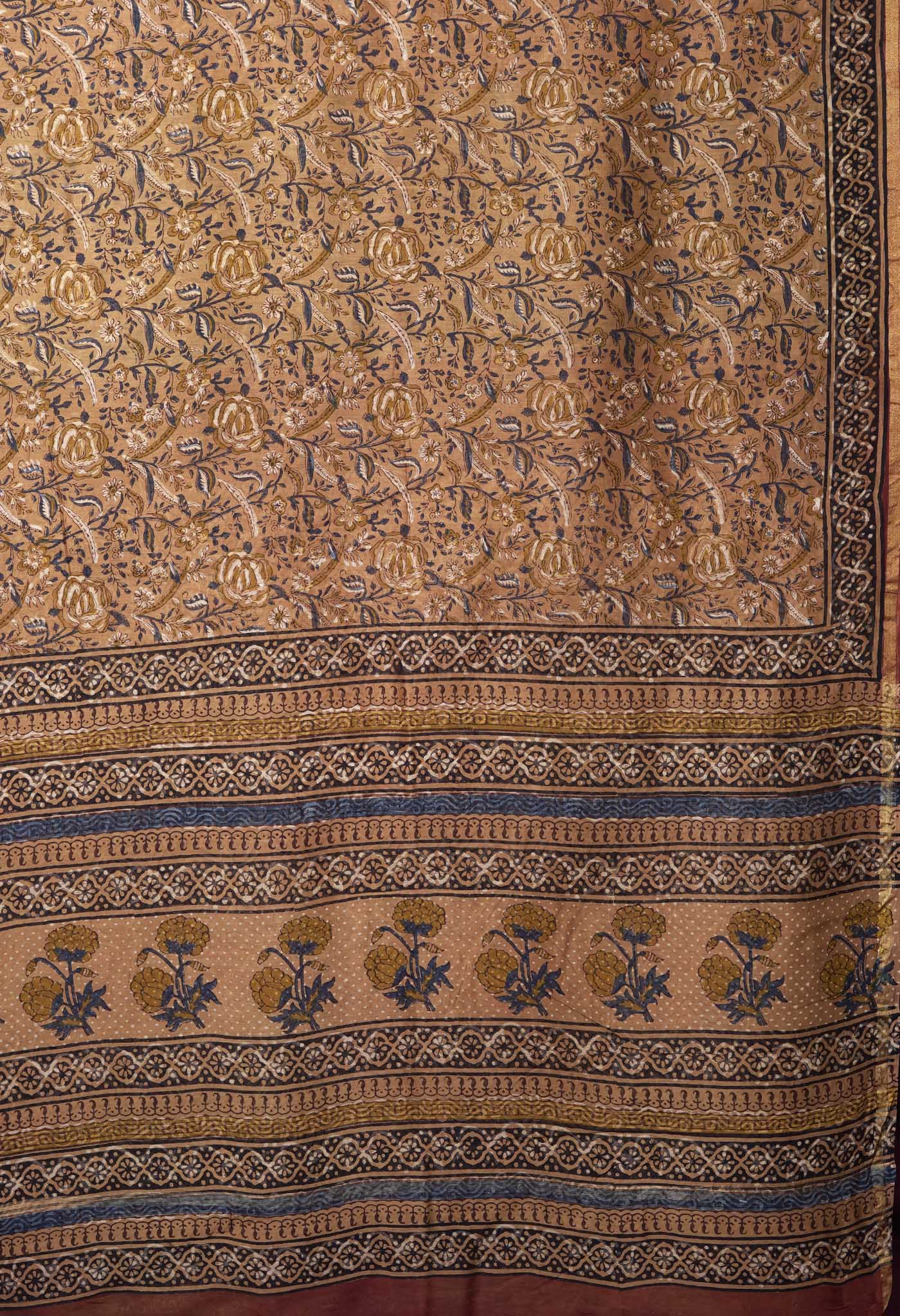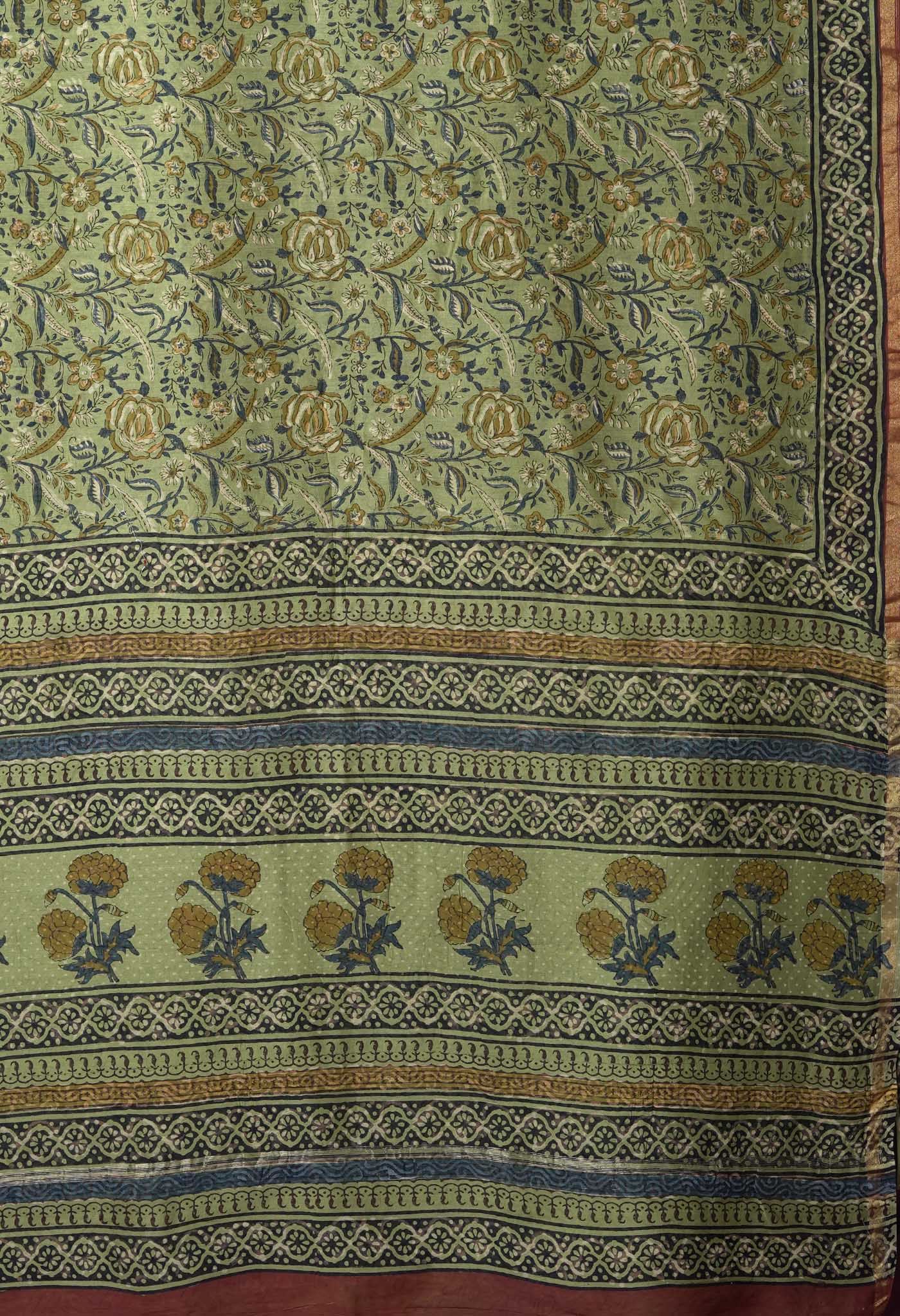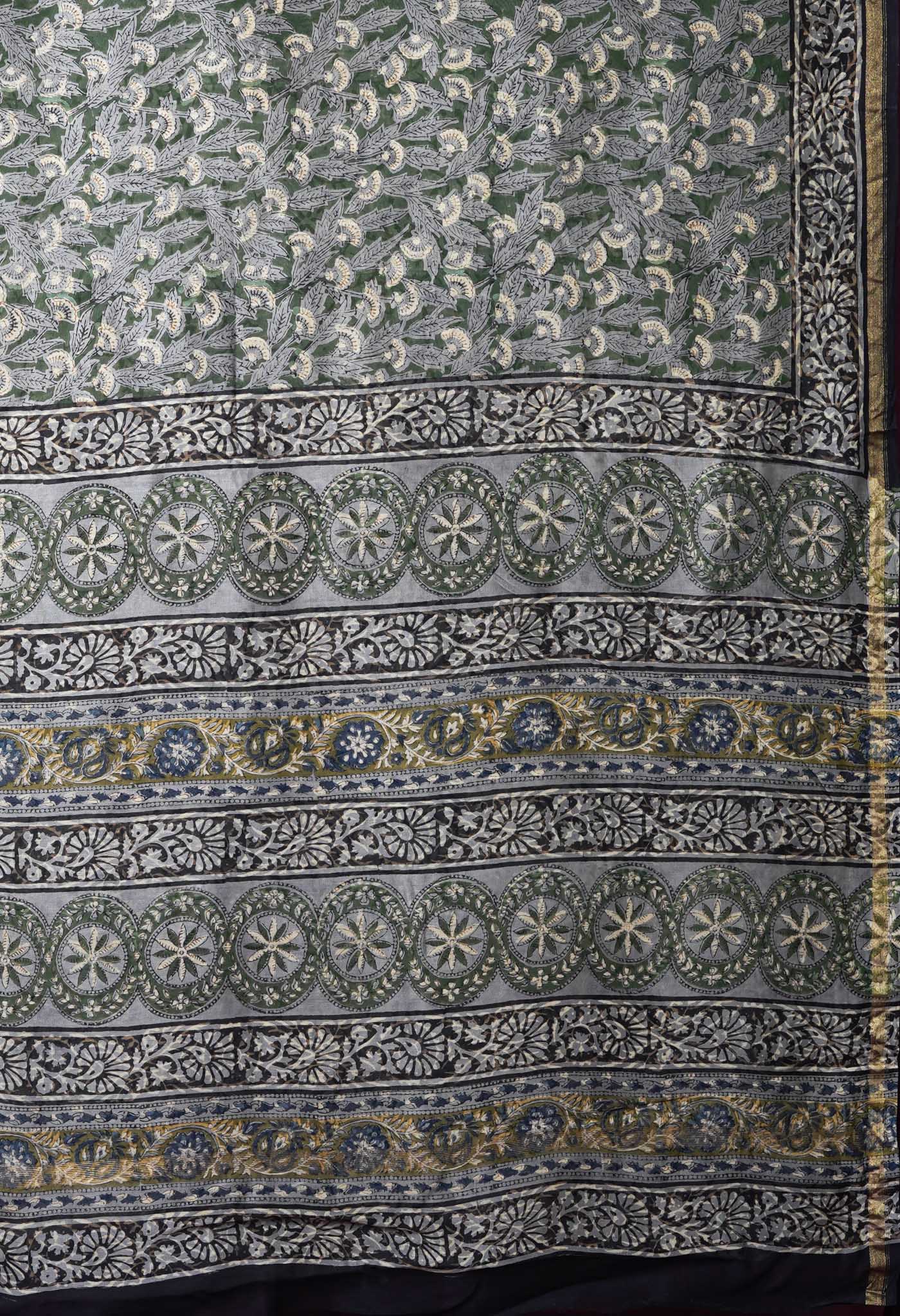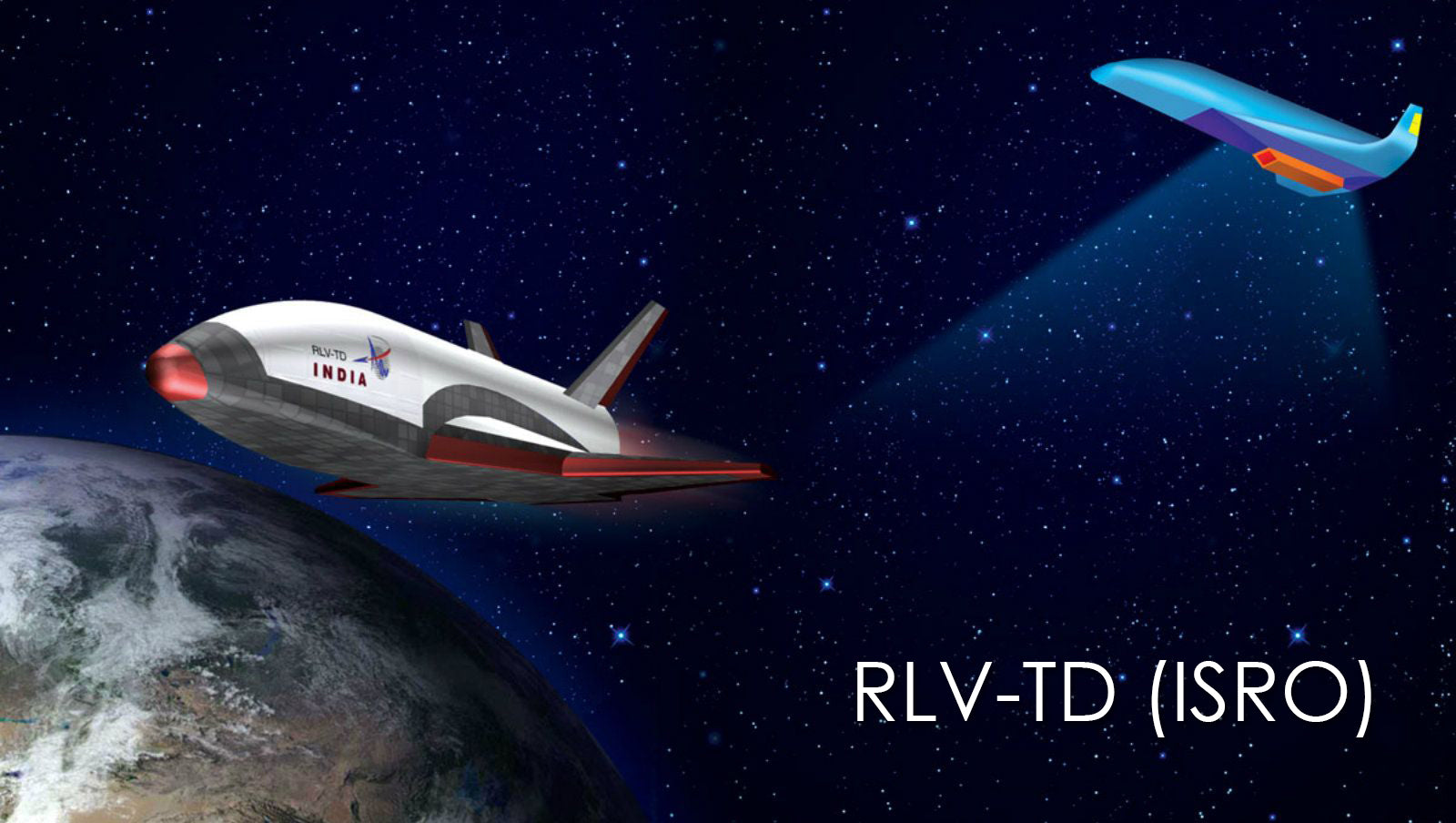
Re-usable Launch Vehicle – Another achievement in India’s Space Mission
May 23rd 2016 was a red letter day in ISRO’s list of milestones.
Indian Space Research Organization (ISRO) launched India’s Reusable Launch Vehicle-Technology Demonstrator (RLV-TD) from Sriharikota in Andhra Pradesh at 7 A.M. IST. This first ever Swadeshi or indigenous space shuttle was a scale model that tested successfully. This India’s first winged body aerospace vehicle operating in hypersonic (speed several times speed of sound) flight regime had given India’s Space Program, a new impetus towards achieving targets aimed at cost-cutting and self-sufficiency in the coming years.
Naturally the Prime Minister Shri Narendra Modi, known for his encouragement to those striving to achieve for the country, congratulated the scientists at ISRO and tweeted: “Launch of India's first indigenous space shuttle RLV-TD is the result of the industrious efforts of our scientists. Congrats to them! ”
What has been achieved by this launch?
- This launch was an experimental model or prototype of the actual re-usable launch vehicle to be built by India indigenously in the coming years. The 6.5 metre-long scale model of the re-usable launch vehicle at 1.75 tonnes, was made at a cost of 95 crore and built by a team of 600 scientists over 5 years at the Vikram Sarabhai Space Centre at Thiruvananthapuram. The success of the launch assured them that they were on track to create the final version in the coming years.
- More importantly so with current costs being $20,000 per Kg. of metal that is sent into space, re-usable technology is the need of the hour and many countries in the world are thinking and experimenting along these lines already. The Indian ambition is to save to the extent of ten times current costs.
- ISRO plans to test two more such prototypes before the final version, which would be about six times larger at around 40 metres with take-off planned around 2030.
- This launch also successfully flight tested India’s first winged body aerospace vehicle operating in hypersonic (several times the speed of sound) flight regime.

The launch details
In this experimental mission, the HS9 solid rocket booster with the RLV-TD mounted on its top took off from Satish Dhawan Space Centre, Sriharikota at 07:00 hrs. IST. After slightly more than 1 ½ minutes, HS9 burn out occurred, causing the vehicle to reach 56 km height. Here the HS9 and RLV-TD separated as intended and the latter further rose to a height of about 65 km.
Then as programmed, from this peak altitude of 65 km, the RLV-TD descent began with a re-entry speed into earth’s atmosphere at Mach 5 (five times the speed of sound). The vehicle’s Navigation, Guidance and Control system accurately steered the vehicle during this phase for safe descent. Its Thermal Protection System (TPS) protected it from the high temperatures achieved at this high speed. It then glided successfully to the pre-defined spot in the Bay of Bengal, 450 Km from Sriharikota. The entire flight of 770 seconds (launch to landing) of the delta winged RLV-TD was tracked successfully from ground stations at Sriharikota and a ship borne terminal.
The achievement
In this flight, critical technologies such as autonomous navigation, guidance & control, reusable thermal protection system and re-entry mission management have been successfully validated. Naturally this has boosted our scientists’ morale for striving to better on this launch for the actual and larger re-usable vehicle. Meanwhile focus is also towards getting inputs from various sources across the world for the use of lighter re-usable materials that could dramatically save on building costs.
 The final RLV would be about 40 meters in length and could also be able to carry Indian astronauts. The data collected would be used to improve the designs, paving the runway to the final model. No other country is currently operationally flying a winged spacecraft into space - the US retired its space shuttles in 2011 and the Russians flew theirs only once in 1989.
The final RLV would be about 40 meters in length and could also be able to carry Indian astronauts. The data collected would be used to improve the designs, paving the runway to the final model. No other country is currently operationally flying a winged spacecraft into space - the US retired its space shuttles in 2011 and the Russians flew theirs only once in 1989.
ISRO is pitted against international giants in space equipment manufacture that have already partially tested re-usable shuttles, like Space X’s Falcon 9 and Blue Origin’s New Shephard rocket.
[/vc_column_text][/vc_column][/vc_row][vc_row][vc_column][vc_video link="https://www.youtube.com/watch?v=VwlvW8cYh4Q/"][/vc_column][/vc_row][vc_row][vc_column][vc_column_text]
India has always been commended as a leading nation in as far as satellite launching and its space program is concerned. It now remains to be seen how much more can a buoyed up and enthusiastic ISRO will deliver for India to the world, given the scientific tenor and temper that has been acknowledged the world over.
[/vc_column_text][/vc_column][/vc_row]

